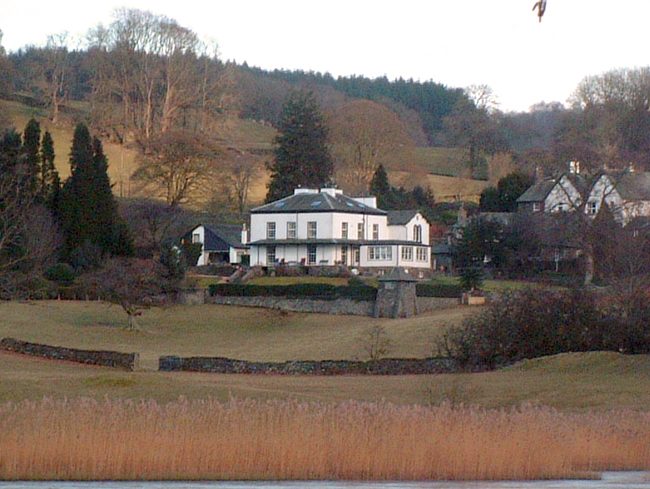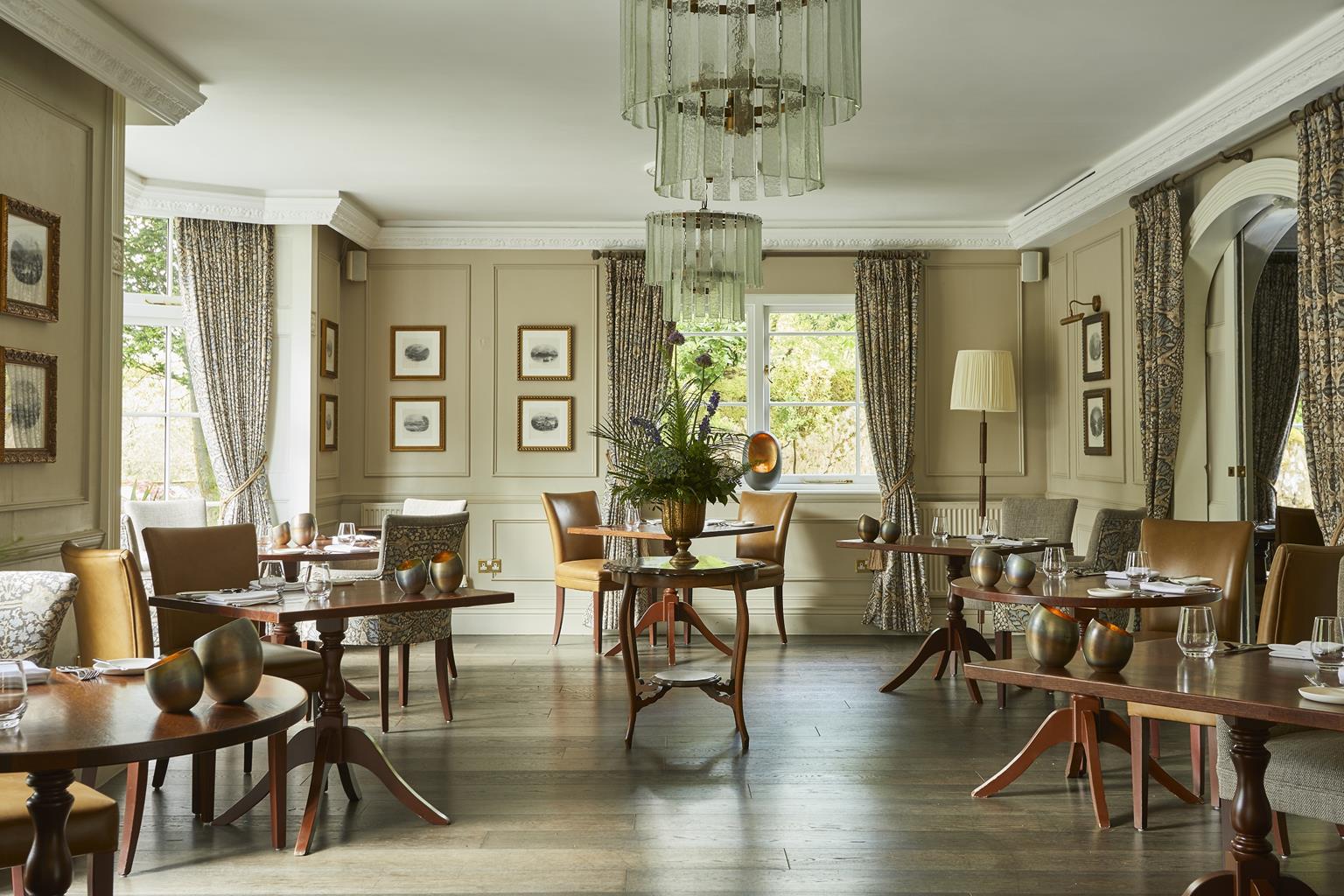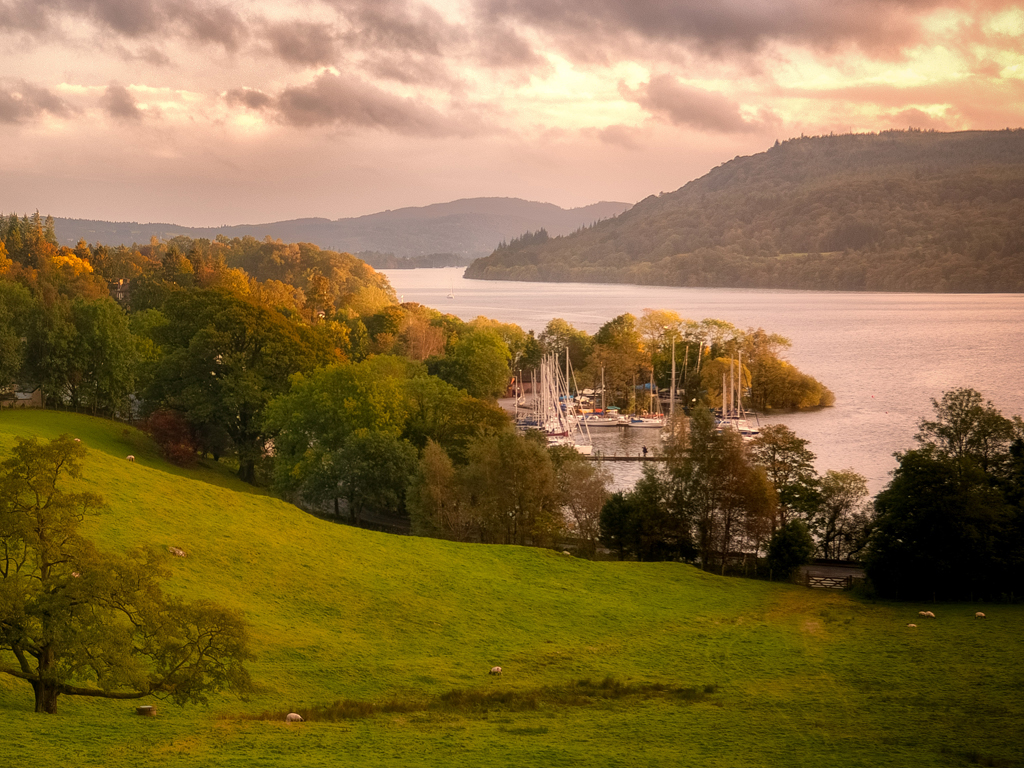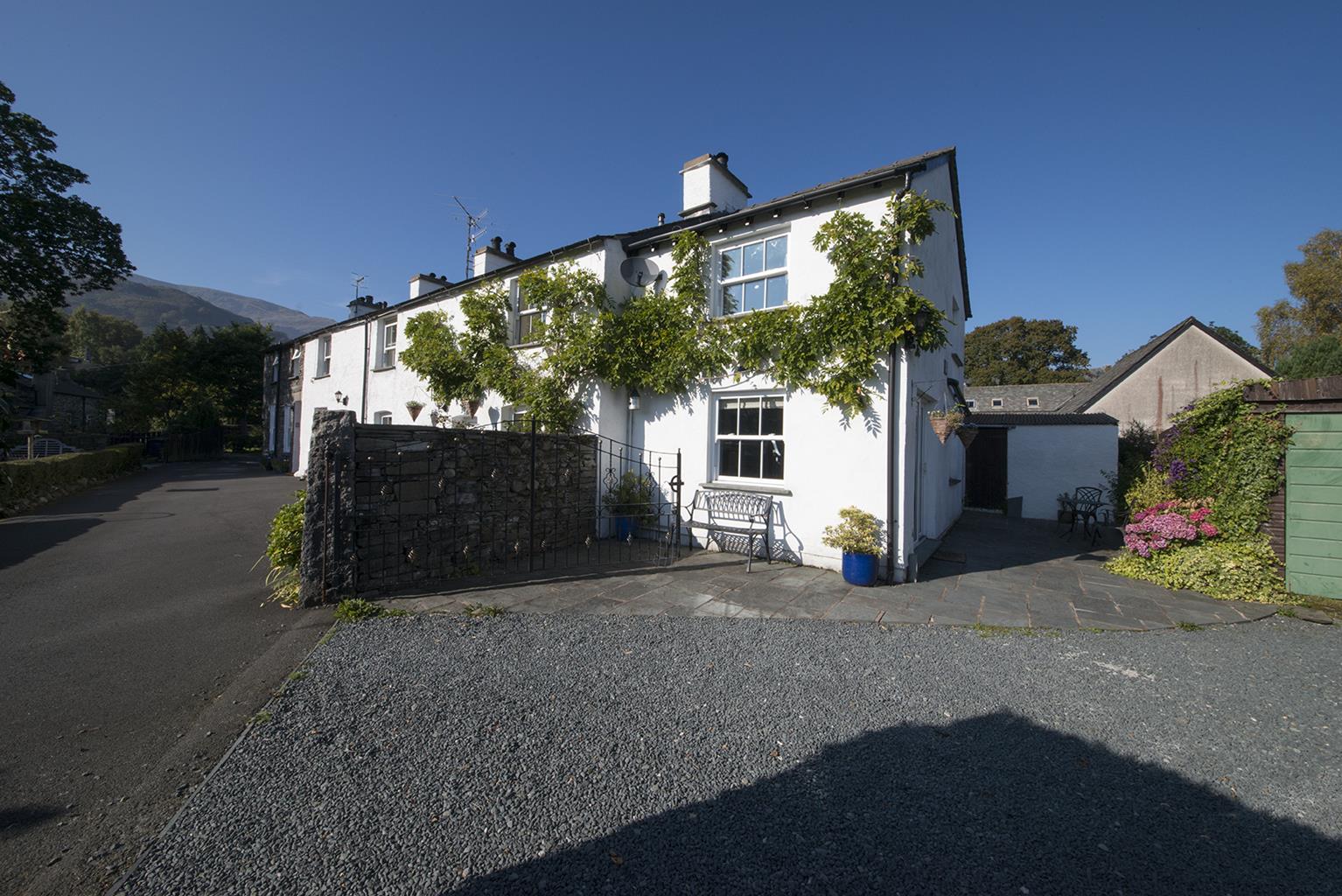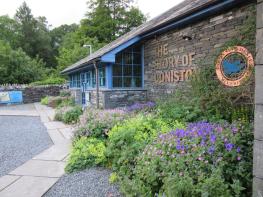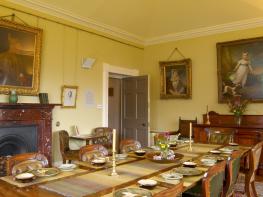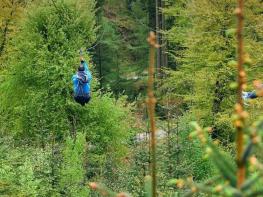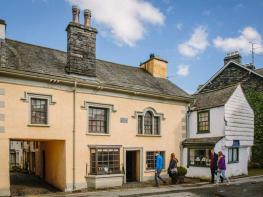A delightful end of terrace cottage.
Situated in the heart of Coniston down a quiet lane,…
Coniston to Tarn Hows

Explore the delightful wooded intricacies of Yewdale before reaching the tourist favourite of Tarn Hows.
6.75 miles (10.9kms)
About the walk
This long and interesting route contrasts the quiet mixed woods in and around the fringes of forgotten Yewdale with the popular Tarn Hows. Rising from Coniston, peaceful woods are interspersed with openness and tremendous views, particularly when looking back over Coniston Water or to the mountains of Coniston Old Man and Wetherlam. The waters of Tarn Hows represent the physical high point and cannot fail to seduce, before descent by Tom Gill leads to one of the most classic Lakeland farms: High Yewdale Farm, with its famous spinning gallery. A round of Yewdale follows, with the row of yew trees in front of High Yewdale Farm indicating the return via Black Guards to Coniston. While there is quite a bit of ascent and descent, the going could never be described as laborious. Coniston Water is some 5 miles (8km) long and reaches a maximum depth of 184ft (56m). It is the third largest of the Lakeland lakes and was once an important fish source for the monks of Furness Abbey. Many of their iron bloomery and charcoal burning sites remain intact around the lake shore. The copper mines were revitalised around 1859, and some 800 men worked in Coppermines Valley above the village. The railway was axed in the early 1960s and the village now relies principally on tourism.
Lake stories
Speed ace Donald Campbell was killed on Coniston Water in 1967, attempting to beat his own water speed record of nearly 300mph (480kph). His boat, Bluebird, became airborne and crashed, but in 2001 it was raised from the bed of the lake. His body was also later recovered and buried in the village cemetery. Coniston Water is also the heart of ‘Swallows and Amazons’ country. Author Arthur Ransome spent idyllic childhood holidays at Nibthwaite, at the southern end of the lake, visited many times throughout his life, and lived for a while on the eastern shore. The lake in the stories is a hybrid of Coniston and Windermere, but Yewdale and the fells above are unmistakably the setting for the fourth of the ‘lake country’ novels, Pigeon Post.
Walk directions
Exit the car park, cross Ruskin Avenue, and turn right on Tilberthwaite Avenue. In a few hundred paces, turn left on Shepherds Bridge Lane. Follow this beyond the Sports and Social Club to Shepherds Bridge, over Yewdale Beck. Cross and go immediately left. A short path leads to a kissing gate and enters a field. Bear diagonally right towards a rocky outcrop and oak trees, then continue to the right of a stone wall to a gate beside a renovated stone building (information panels inside).
Pass the building on the left. Ascend to pass through a gate. At a waymarked post fork right and rise diagonally right to a little gate through the stone wall, which encloses a plantation. Climb steeply to the top of the hill through the Scots pine. Pass through a gap in a wall and follow the obvious path descending through Guards Wood. Continue down a field track to a gate and stile onto a lane.
Go left, then in a hundred paces go right through a gate. Follow the grassy track winding up through fields. After a couple of gates it runs alongside the larch plantation of Tarn Hows Wood. Continue ahead to reach a surfaced track. Tarn Hows Cottage is below to the left. Go right up the track to a road and turn left. Pass Tarn Hows car park then find a track bearing off left above the tarn. It’s briefly indistinct across the grass but quickly becomes very clear again.
Follow the track to make an anticlockwise circuit of the tarn. Descending left at the first fingerpost offers a rougher and more interesting (and usually quieter) alternative for a while, but the main track is the easiest to follow. At the end is a little dam.
Turn right just before the dam and descend the rocky path to the right of the beck. At the bottom go left across the footbridge, then across the car parks to another footbridge and a gate. Follow the field-edge path to another gate opposite Yew Tree Farm. Cross the road and enter the farm access track, then bear right on a well-made track (a foot and cycle route). Follow this until a final gate leads onto a road. Turn left over Shepherd’s Bridge and walk to the main Coniston road.
Cross and go left. Opposite High Yewdale Farm, a path leads right along a line of yew trees. At the end of the field bear right, across fields. At Low Yewdale farm go left of the barn, cross a bridge, and follow the track to a gate and Cumbria Way sign on the right. Cross the field. Beyond a wall the track ascends then bears right, alongside a plantation. Continue, to enter the trees, and follow the track through the wood. Descend to join the outward route at Point 2 and retrace your steps from there.
Additional information
Road, grassy paths and tracks, several stiles
Woods, field, fell, tarn and lake
Fields grazed by sheep, reasonably suitable for dogs
OS Explorer OL7 The English Lakes (SE)
Coniston car park by tourist information centre, or at Sports and Social Club on Shepherds Bridge Lane
At start, and at back of Tarn Hows car park
WALKING IN SAFETY
Read our tips to look after yourself and the environment when following this walk.
Find out more
Also in the area
About the area
Discover Cumbria
Cumbria's rugged yet beautiful landscape is best known for the Lake District National Park that sits within its boundaries. It’s famous for Lake Windermere, England’s largest lake, and Derwent Water, ‘Queen of the English Lakes'. This beautiful countryside once inspired William Wordsworth and his home, Dove Cottage, in Grasmere is a popular museum. Another place of literary pilgrimage is Hill Top, home of Beatrix Potter, located near Windermere. Tom Kitten, Samuel Whiskers and Jemima Puddleduck were all created here.
Much of Cumbria is often overlooked in favour of the Lake Distirct. In the south, the Lune Valley remains as lovely as it was when Turner painted it. The coast is also a secret gem. With its wide cobbled streets, spacious green and views of the Solway Firth, Silloth is a fine Victorian seaside resort. Other towns along this coastline include Whitehaven, Workington and Maryport. Carlisle is well worth a look – once a Roman camp, its red-brick cathedral dates back to the early 12th century and its 11th-century castle was built by William Rufus.
Nearby stays
Restaurants and Pubs
Nearby experiences
Recommended things to do
Why choose Rated Trips?
Your trusted guide to rated places across the UK
The best coverage
Discover more than 15,000 professionally rated places to stay, eat and visit from across the UK and Ireland.
Quality assured
Choose a place to stay safe in the knowledge that it has been expertly assessed by trained assessors.
Plan your next trip
Search by location or the type of place you're visiting to find your next ideal holiday experience.
Travel inspiration
Read our articles, city guides and recommended things to do for inspiration. We're here to help you explore the UK.



